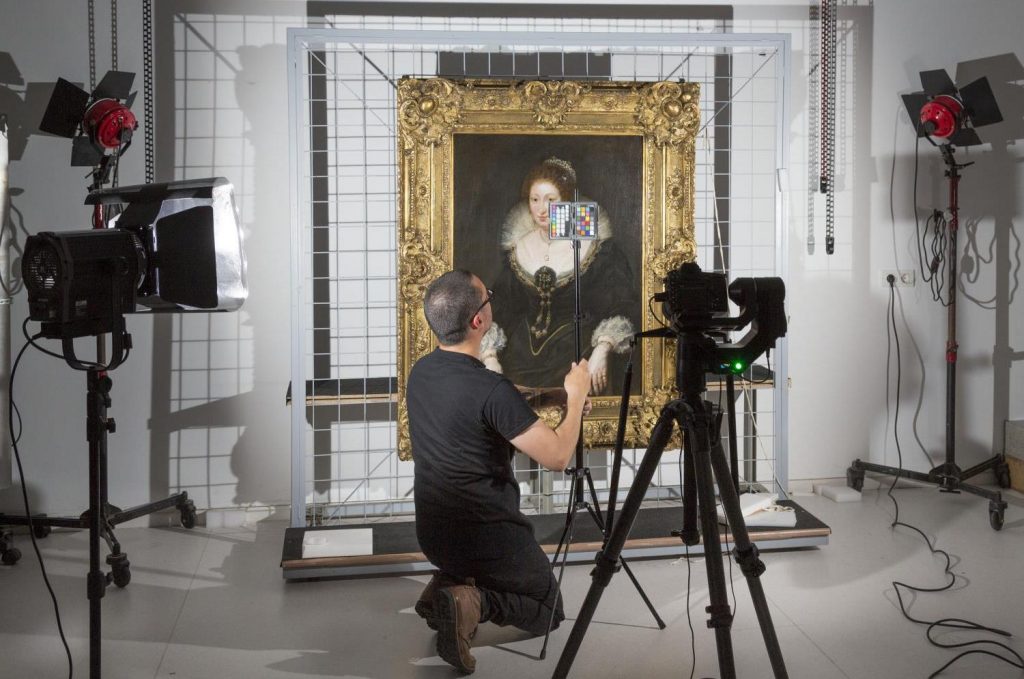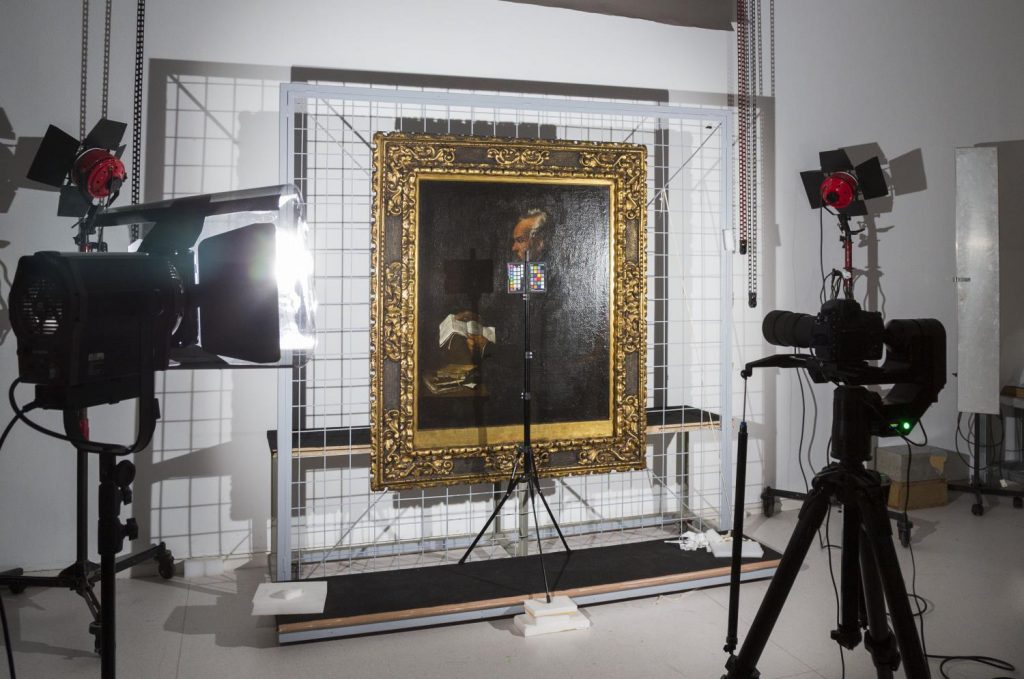Montse Frisach
Without display cabinets, without glass protectors, without a map or guide, without any barrier between what is being looked at by the spectator. This is how things are seen at the Mori Building Digital Museum in Tokyo, inaugurated in June 2018, an initiative by the interdisciplinary teamLab Borderless, made up of artists, programmers, architects, engineers and mathematicians, who for years have been working on beautiful immersive installations with the use of new technologies. Immersive digital art is already a genre in itself.
Art and digital technology
The new Mori museum is one of the most extreme examples of the possibilities offered by the digital technologies in the artistic and exhibition fields. In this case, the work is now conceived from the outset as being an immersive experience for the spectator with techniques very close to the art of shows or performances.
In other cases, immersive techniques are used to project artworks in virtual exhibitions of famous artists, in the form of a sort of visual show that takes us away from the experience of seeing an original work hung on the wall of a museum. There already exist specific spaces for these types of exhibitions-projections such as the Atelier des Lumieres of Paris, that regularly programmes exhibitions about Van Gogh, Klimt and Japanese art. In Barcelona, on the other hand, in the autumn the opening is planned of Ideal, Digital Arts Centre, that will be inaugurated with an exhibition about Claude Monet. Even London’s National Gallery is preparing an “immersive experience” based around The Virgin of the Rocks, by Leonardo, which will be presented in November.
Technology that leads to changes in the museums
Technology therefore allows museums that already exist to only exhibit projected “light”, where the physical objects are no longer there. But, how is digital changing the research, exhibitions, diffusion and the internal functioning of museums with collections with physical objects and with major heritage value, as is the case with the MNAC? Some examples of this digital revolution in Catalan museums and monuments in the field of dissemination were presented at the conference Heritage & Digital. Technology and storytelling at the service of cultural communication, which took place in the Museu Episcopal of Vic, organized by the Catalan Agency of Cultural Heritage.
Albert Sierra, responsible for new technologies at the Catalan Agency of Cultural Heritage, assured us on that day that more and more, the public is increasingly eager to have “experiences” instead of just “looking”, in a world saturated with a multitude of screens. Hence the success of immersive and interactive experiences, which also have the advantage of adding information that before was difficult to introduce.
Immersive visits and video mappings
Immersive visits are becoming more frequent in monuments. An example is the one now offered by the Royal Monastery of Vallbona de les Monges, which focuses on the history of its female religious community; or also the room that recreates in 3D of what the Iberian city of Ullastret was like, or the forum of the Roman city of Empúries in virtual reality.
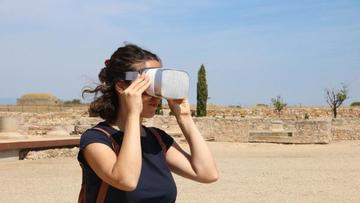
Video mapping, on the other hand, literally allows artistic and monumental heritage to be reconstructed. One of the most spectacular ones in Catalonia is the one you can see in the church of Sant Climent de Taüll, which projects the original mural paintings that are in the Museu Nacional d’Art de Catalunya but that also recreates the aspect the complete work would have had, with the fragments of painting that have been lost.
Another example of this type of reconstruction is the recreation of the Romanesque cathedral of Vic, which was presented in the framework of the exhibition Oliba episcopus in the Museu Episcopal of this city.
A changing user experience
The experience of the visit to the museums is also changing with giant leaps. Augmented reality, for example, serves to provide the spectator with more information but also to gamify the visit.
The Museu d’Art of Girona has started up the activity Let’s play hide and seek, aimed at kids between 8 and 12 years old, in which the children could do the visit to the museum with a tablet and an augmented reality application. One of the symbols of the city, the drawing of the lion of Girona, invites them to discover the animals that are hidden in the works of the museum and to learn about them.
New audio guides
Digital technology is also transforming a highly used tool in the museums – the audio guide.
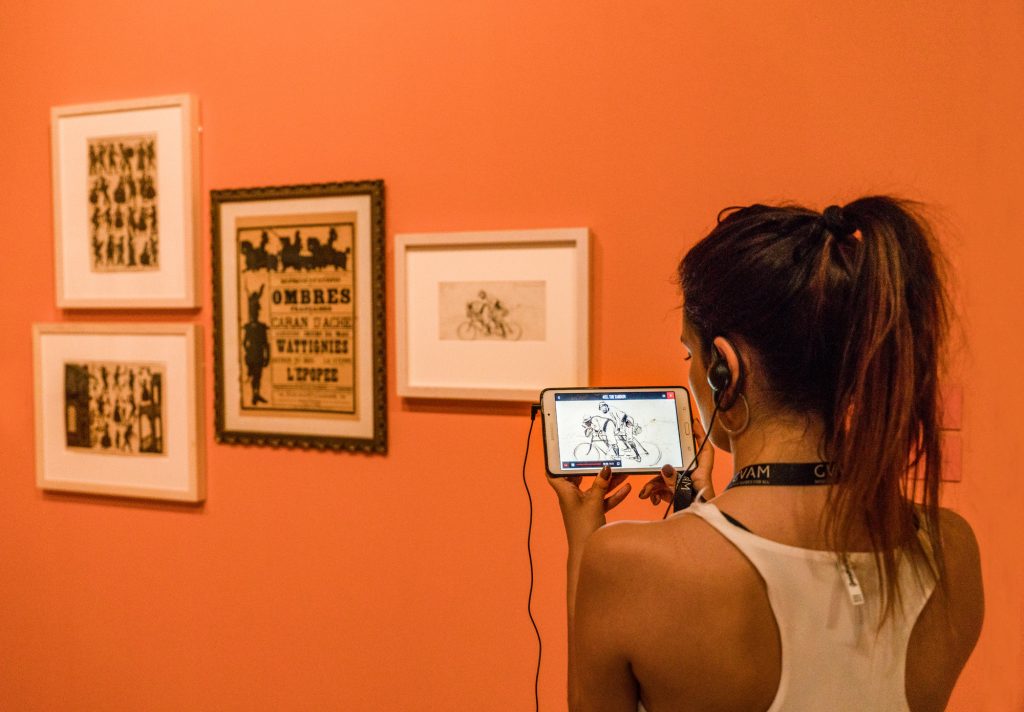
In the Vic conference, the audio guide system used in Mas Miró de Montroig del Camp was presented, a recently inaugurated infrastructure which is characterized by the fact that it doesn’t have a collection of artworks. It is the building and the landscape that provides us with information about the origin of the artist’s work and this is offered in the narrative of an interactive audio guide. On entering the Mas (a farmhouse), the visitor receives a card for the mobile or any other device which allows you to be able to configure your own tour freely. Afterwards, the visitors can take the card home and look at it again or increase the information. This tool also provides data about the user.
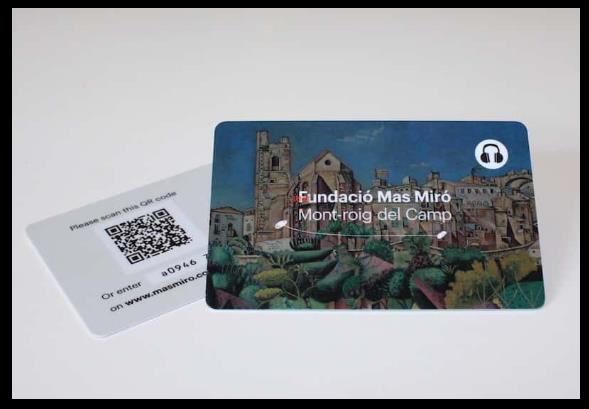
The Second Canvas platform
Furthermore, applications such as Second Canvas, for example, allow virtual tours to be carried out around museum collections with such a high resolution that it is possible to see details of the pieces that are just about impossible to catch with the naked eye. The Museu Nacional has had this application available since the end of 2018 – free-of-charge and valid for mobiles and tablets – with a tour around the genre of portrait in the permanent collection. Other Catalan museums such as the Museu Episcopal of Vic, the Museu de l’Empordà of Figueres or the Museu d’Art of Girona also use this digital platform in diverse ways.
Second Canvas project, Museu Nacional
A platform like Second Canvas has multiple uses. On the one hand, it offers alternative virtual exhibitions to the physical tour of the museum, but also acts as a guide and as a form of promotion prior to the visit and as a subsequent reminder for those who have already been there. Second Canvas can also be included in the rooms of the museum, as an interactive resource to supplement the information about the works or simply to show works that are not present or that due to conservation problems cannot always be exhibited. And above all, to not lose sight of the fact that such a tool is a top level pedagogical instrument that provides added knowledge about the museums’ collections and exhibitions.
Digital transformation in the museums
The internal operation of the museums is also rapidly changing thanks to the digital tools, not only in terms of the research and conservation of the works, but also in the relationship between the museums and their audiences, and their storytelling. More interactivity, more flexibility and a deeper knowledge of the profile of the visitors, their likes, demands and needs. All this, without ever losing sight of either excellence or rigor in the dissemination of heritage and knowledge. Digital technology is therefore very useful in finding the desired balance between diffusion and high quality.

